There are many types of cutting board, such as glass material cutting board. Bamboo cutting board is the most popular for their environmental protection, durability, antibacterial and other characteristics. The production process includeing material selection, cutting, drying, bonding, pressing, molding, grinding, polishing, quality inspection and other steps. The following is a detailed processing process:
1. Material selection and processing
Bamboo cutting board usually use bamboos over 5 years old because of their dense fibers and high hardness. After the bamboo is cut, the bamboo nodes and bamboo green (the outer green part) need to be removed, the bamboo yellow (the inner yellowish part) needs to be kept, and the bamboo segments with uniform length (usually 40-60cm) need to be sawn.
2. Cutting and slicing
The bamboo segments are cut longitudinally into bamboo strips with a width of about 2-3cm, and then the burrs are removed by a planer to make the surface smooth. Some processes will further split the bamboo strips into thin slices (about 0.5cm thick) to increase the bonding area.
3. Drying and desugaring
Bamboo contains sugar and water, which is easy to mold and worm. It needs to be placed in a drying room and baked at 60-80℃ for 48 hours to reduce the moisture content to 8%-10%. High temperature can also carbonize bamboo fibers and enhance mildew resistance.
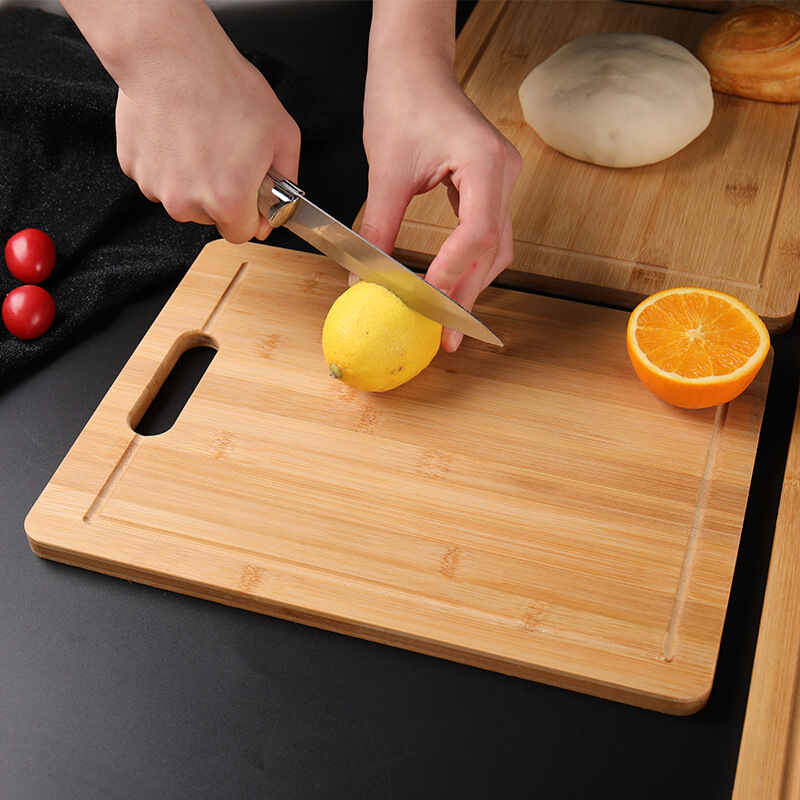
4. Bonding and assembly
The dried bamboo strips are coated with eco-friendly glue (such as food-grade urea-formaldehyde resin or soybean glue) and assembled into large boards in a horizontal or vertical arrangement. To increase strength, some cutting boards use cross-lamination technology (bamboo strips are stacked crisscross).
5. Cold pressing and hot pressing
The assembled board is first initially shaped by a cold press (pressure of about 10 tons, time of 2 hours), and then sent to a hot press (temperature 120-150℃, pressure 15-20 tons, time of 1-2 hours) to completely cure the glue.
6. Forming and cutting
The pressed board is cut into standard sizes (such as 30×20cm, 40×30cm, etc.) by CNC machine tools, and edge chamfers or anti-slip grooves are milled out. Special-shaped cutting boards (such as those with handles) require additional engraving.
7. Fine grinding
The surface is polished with 80-mesh, 120-mesh, and 240-mesh sandpaper in turn with a sander to remove burrs and glue marks to ensure a smooth touch. High-end cutting boards will be manually polished to 400 mesh or above.
8. Anti-mold treatment
Some products are soaked in food-grade anti-mold agents (such as sodium hypochlorite solution), or high-temperature carbonization is used to form a dense protective layer on the surface.
9. Quality inspection and packaging
Check whether the cutting board has cracks, deformation, glue marks, and verify the impermeability through a drip test. Qualified products are printed with brand logos, wrapped with moisture-proof film, and packed.
10. Additional processes (optional)
– UV coating: Increase waterproofness.
– Engraving: laser engraving patterns or trademarks.
– Edge hemming: reinforced with silicone or stainless steel.
The entire process requires strict control of the environmental friendliness of the glue (in compliance with FDA or EN standards) and the quality of the bamboo to ensure that the finished product is safe and durable. High-quality bamboo cutting board can last for more than 5 years, but they need to be regularly oiled to prevent cracking.

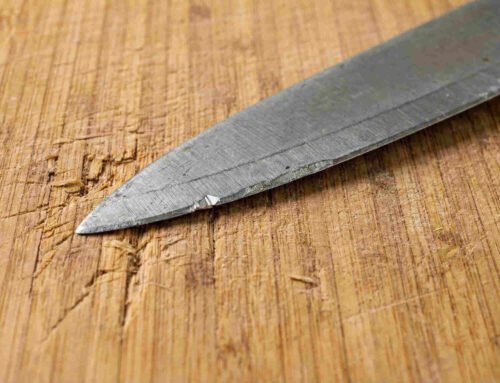
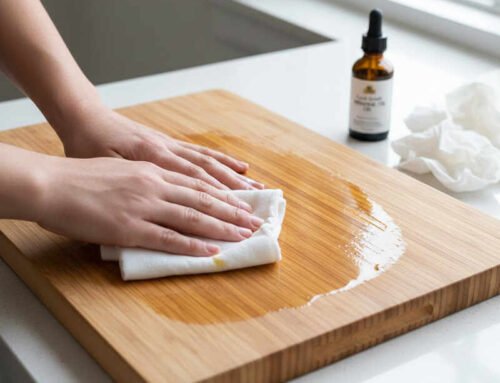
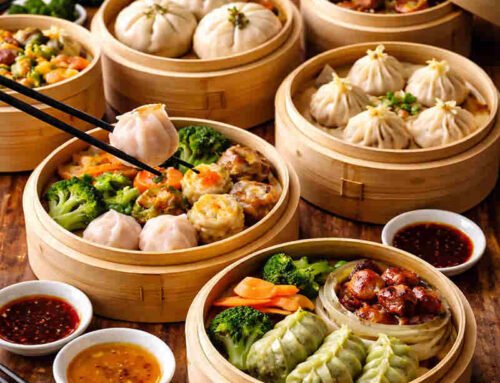

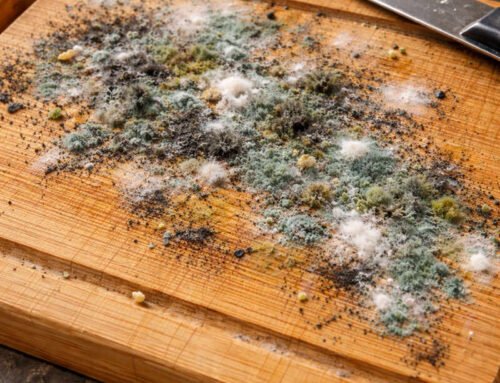
Leave A Comment